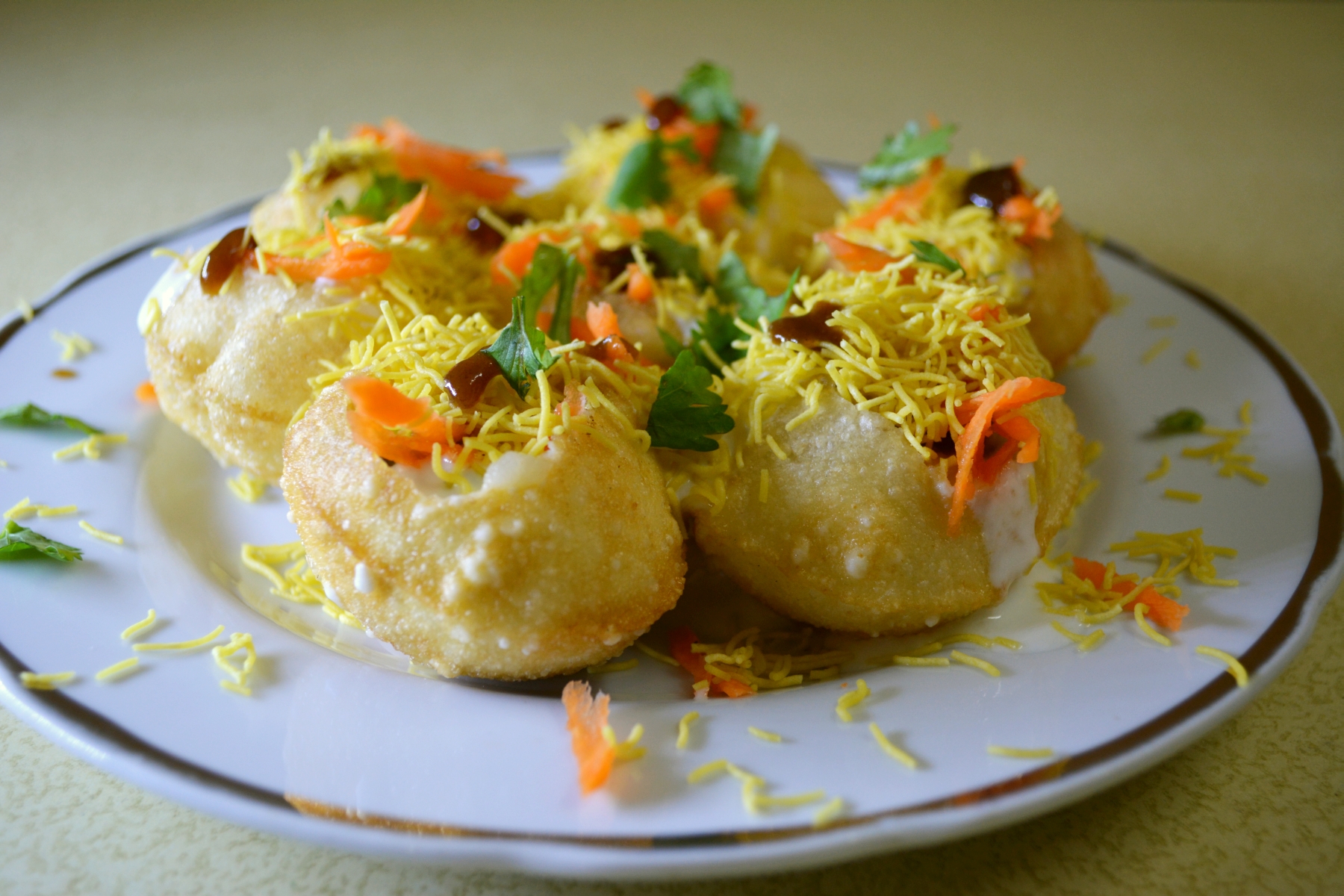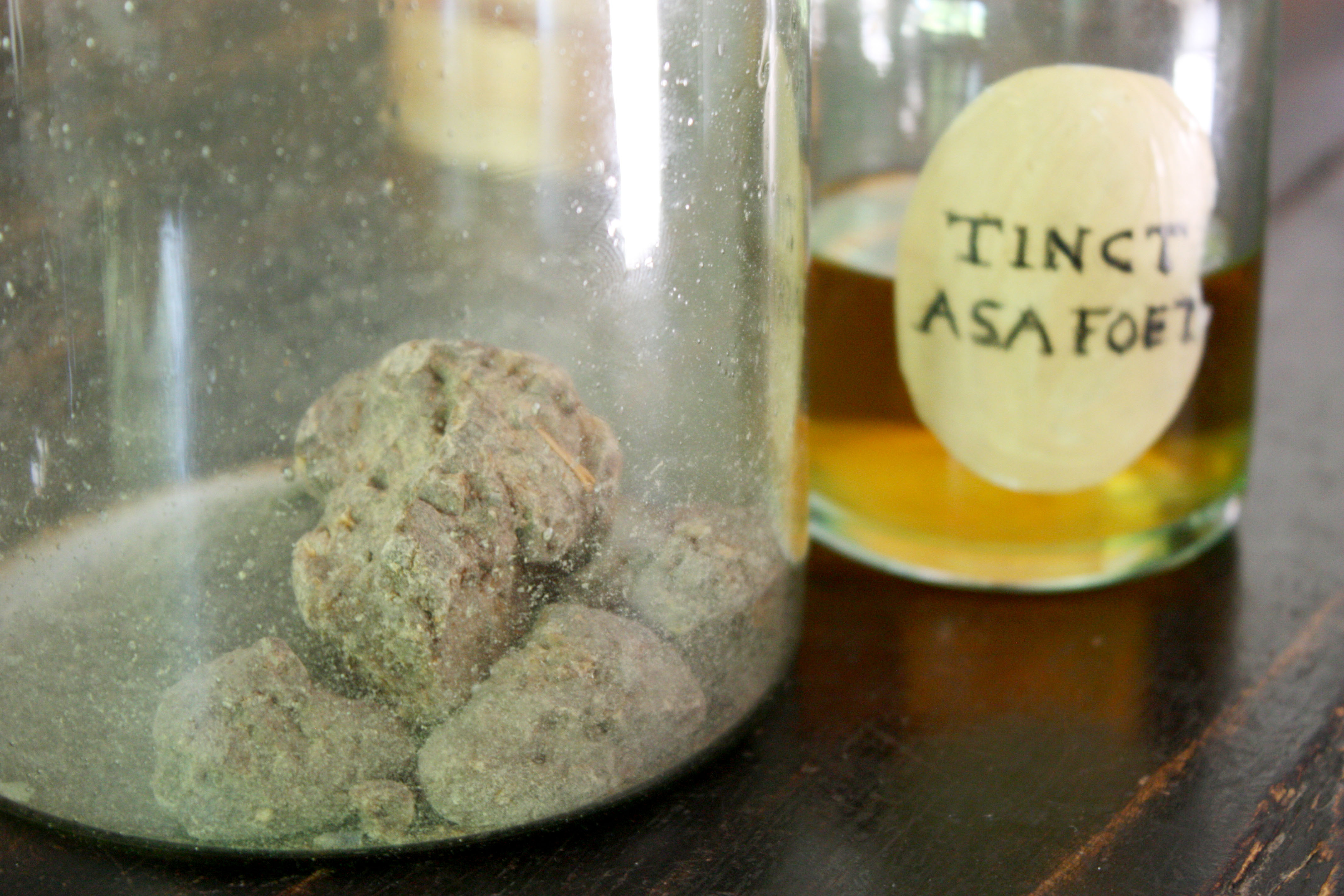|
Gujarati Kadhi
Gujarati kadhi ( gu, કઢી) is a Gujarati version of kadhi. It is a very popular Gujarati dish made from buttermilk or dahi (yogurt) and gram flour. Kadhi is an essential part of Gujarati cuisine. Popularity When Barack Obama visited India he was served ''Gujarati kadhi''. Kadhi was included on the Chinese president's menu when he visited Ahmedabad. Kadhi has different varieties in India, due to which Gujarati kadhi is completely different from Sindhi Kadhi, Rajasthani Kadhi pakoda, Badi Kadhi or a UP Kadhi except that all are yoghurt based (except Sindhi kadhi which has a tamarind base). In Gujarat, it's served with khichdi or steamed rice. Preparation Gujarati Kadhi is lighter when compared to Rajasthani Kadhi. The curd and gram flour are turned into a liquid mixture by mixing with a few cups of water. The chopped green chilies, chopped ginger and asafoetida are fried in a pan on medium flame. After that the curd paste is mixed and heated for a few minutes and stir ... [...More Info...] [...Related Items...] OR: [Wikipedia] [Google] [Baidu] |
Dahi (curd)
Curd, also dahi, is a traditional yogurt or fermented milk product, originating from the Indian subcontinent, usually prepared from cow's milk, and sometimes buffalo milk, or goat milk. It is popular throughout the Indian subcontinent. The word ''curd'' is used in Indian English to refer to (naturally probiotic) homemade yogurt, while the term ''yogurt'' refers to the pasteurized commercial variety known as ''heat treated fermented milk''.Codex Alimentarius Yogurt rules Preparation Curd is made by bacterial[...More Info...] [...Related Items...] OR: [Wikipedia] [Google] [Baidu] |
Gram Flour
Gram flour or kadala maavu is a pulse flour made from a variety of ground chickpea called Bengal gram or ''kaala chana''. It is a staple ingredient in the cuisine of the Indian subcontinent, including in Indian, Bangladeshi, Burmese, Nepali, Pakistani, Sri Lankan and Caribbean cuisines. Characteristics Gram flour contains a high proportion of carbohydrates, higher fiber relative to other flours, no gluten, and a higher proportion of protein than other flours. Dishes South Asia and the Caribbean Gram flour is in popular use in the Indian subcontinent and the Caribbean, where it is used to make the following: In Andhra Pradesh, it is used in a curry with gram flour cakes called Senaga Pindi Kura ( te, శెనగ పిండి కూర) and is eaten with Chapati or Puri, mostly during winter for breakfast. Chila (or chilla), a pancake made with gram flour batter, is a popular street food in India. Southeast and East Asia Gram flour, which is called ''pe hmont'' (� ... [...More Info...] [...Related Items...] OR: [Wikipedia] [Google] [Baidu] |
Kadhi
Kadhi or karhi is a dish popularly consumed in South Asia. It consists of a thick gravy based on gram flour, and contains vegetable fritters called pakoras, to which dahi (yogurt) is added to give it a bit of sour taste. It is often eaten with cooked rice or roti. Varieties of karhi include those from Rajasthan, Maharastra, Gujarat, Punjab and Sindh, which are located in present-day India and Pakistan. India Kadhi is generally considered an staple everyday food in many parts of India, and is thought to aid in digestion. In Gujarat and Rajasthan, it is usually served with khichdi, roti, paratha, or rice. Gujarati and Rajasthani kadhi differs from the Uttar Pradesh variety. Traditionally, it is a little sweeter than the other variants, because sugar or jaggery is added to it, but it can be made without sugar for a more sour taste. It is eaten without pakoras and its consistency is slightly thinner. The Gujarati kadhi is made ideally from buttermilk, as this gives it a smoother ... [...More Info...] [...Related Items...] OR: [Wikipedia] [Google] [Baidu] |
Dahi (curd)
Curd, also dahi, is a traditional yogurt or fermented milk product, originating from the Indian subcontinent, usually prepared from cow's milk, and sometimes buffalo milk, or goat milk. It is popular throughout the Indian subcontinent. The word ''curd'' is used in Indian English to refer to (naturally probiotic) homemade yogurt, while the term ''yogurt'' refers to the pasteurized commercial variety known as ''heat treated fermented milk''.Codex Alimentarius Yogurt rules Preparation Curd is made by bacterial[...More Info...] [...Related Items...] OR: [Wikipedia] [Google] [Baidu] |
Gram Flour
Gram flour or kadala maavu is a pulse flour made from a variety of ground chickpea called Bengal gram or ''kaala chana''. It is a staple ingredient in the cuisine of the Indian subcontinent, including in Indian, Bangladeshi, Burmese, Nepali, Pakistani, Sri Lankan and Caribbean cuisines. Characteristics Gram flour contains a high proportion of carbohydrates, higher fiber relative to other flours, no gluten, and a higher proportion of protein than other flours. Dishes South Asia and the Caribbean Gram flour is in popular use in the Indian subcontinent and the Caribbean, where it is used to make the following: In Andhra Pradesh, it is used in a curry with gram flour cakes called Senaga Pindi Kura ( te, శెనగ పిండి కూర) and is eaten with Chapati or Puri, mostly during winter for breakfast. Chila (or chilla), a pancake made with gram flour batter, is a popular street food in India. Southeast and East Asia Gram flour, which is called ''pe hmont'' (� ... [...More Info...] [...Related Items...] OR: [Wikipedia] [Google] [Baidu] |
Gujarati Cuisine
Gujarati cuisine is the cuisine of the Indian state of Gujarat. The typical '' Gujarati thali'' consists of '' rotli'', '' dal'' or ''curry'', rice, and ''shaak'' (a dish made up of several different combinations of vegetables and spices, which may be either spicy or sweet). The ''thali'' will also include preparations made from pulses or whole beans (called kathor in Gujarati) such as moong, black eyed beans etc., a snack item (''farsaan'') like dhokla, pathra, samosa, fafda, etc. and a sweet (''mishthaan'') like mohanthal, jalebi, doodh pak etc. Gujarati cuisine varies widely in flavour and heat, depending on a family's tastes as well as the region of Gujarat to which they belong. North Gujarat, Kathiawad, Kachchh, Central Gujarat and South Gujarat are the five major regions of Gujarat that contribute their unique touch to Gujarati cuisine. Many Gujarati dishes are distinctively sweet, salty, and spicy simultaneously. Despite easy access to plentiful seafood, Gujarat is prim ... [...More Info...] [...Related Items...] OR: [Wikipedia] [Google] [Baidu] |
Gujarati Kadhi ગુજરાતી કઢી
Gujarati may refer to: * something of, from, or related to Gujarat, a state of India * Gujarati people The Gujarati people or Gujaratis, are an Indo-Aryan ethnolinguistic group who reside in or can trace their ancestry or heritage to the present-day western Indian state of Gujarat. They primarily speak Gujarati, an Indo-Aryan language. While G ..., the major ethnic group of Gujarat * Gujarati language, the Indo-Aryan language spoken by them * Gujarati languages, the Western Indo-Aryan sub-family which includes Gujarati * Gujarati alphabet ** Gujarati (Unicode block), a block of Gujarati characters in Unicode * Gujarati, a style of sari draping * ''Gujarati'' (magazine), a magazine published from 1880 to 1929 See also * Gujarati cuisine * Gujarati culture * Gujari language, an Indo-Aryan language * Gujrat (other) {{disambiguation Language and nationality disambiguation pages ... [...More Info...] [...Related Items...] OR: [Wikipedia] [Google] [Baidu] |
Kadhi Bari
Kadhi bari or bari kadhi is a South Asian vegetarian curry, made up of gram flour, ''dahi'' and spices. This vegetarian dish is popular in Uttarkhand, Bihar, Jharkhand and Uttar Pradesh states of India as well as in Bagmati, Lumbini, Madhesh and No.1 provinces of Nepal. The ''bari'' is made from paste of besan in a dumplings, which is later deep fried in cooking oil and ''Kadhi'' is made from mixing dahi, gram flour and spices. This dish is generally eaten in summer and festivals like Holi, Jur Sheetal and Krishna Janmashtami. It is usually served with steamed rice, but it can also be served with roti and puri Puri () is a coastal city and a municipality in the state of Odisha in eastern India. It is the district headquarters of Puri district and is situated on the Bay of Bengal, south of the state capital of Bhubaneswar. It is also known as '' .... References Bihari cuisine Vegetarian dishes of India South Asian cuisine Nepalese cuisine {{Nepal-cui ... [...More Info...] [...Related Items...] OR: [Wikipedia] [Google] [Baidu] |
Khichdi
''Khichdi'' or ''khichri'' (, , , , Odia: ଖେଚୁଡି) is a dish in South Asian cuisine made of rice and lentils (''dal'') with numerous variations. Variations include ''bajra'' and mung ''dal'' ''khichri''. In Indian culture, in several regions, especially in the northern areas, it is considered one of the first solid foods that babies eat. See ''MasterChef'' (American season 6) ''Khichri'' is a salty porridge. ''Dalia'' is another similar sweet porridge made from the crushed wheat or barley mixed with sugar and milk. Etymology and spelling The word ''Khichdī'' is derived from Sanskrit ', a dish of rice and legumes. Some divergence of transliteration may be noted in the third consonant in the word ''khicṛī''. The sound is the retroflex flap , which is written in Hindi with the Devanagari letter ⟨⟩, and in Urdu script with the Perso-Arabic letter ⟨⟩. In Hindustani phonology, the etymological origin of the retroflex flap was when it occurred betw ... [...More Info...] [...Related Items...] OR: [Wikipedia] [Google] [Baidu] |
Asafoetida
Asafoetida (; also spelled asafetida) is the dried latex ( gum oleoresin) exuded from the rhizome or tap root of several species of ''Ferula'', perennial herbs growing tall. They are part of the celery family, Umbelliferae. Asafoetida is thought to be in the same genus as silphium, a North African plant now believed to be extinct, and was used as a cheaper substitute for that historically important herb from classical antiquity. The species are native to the deserts of Iran and mountains of Afghanistan where substantial amounts are grown. Asafoetida has a pungent smell, as reflected in its name, lending it the trivial name of "stinking gum". The odor dissipates upon cooking; in cooked dishes, it delivers a smooth flavour reminiscent of leeks or other onion relatives. Asafoetida is also known colloquially as "devil's dung" in English (and similar expressions in many other languages). Etymology and other names The English name is derived from ''asa'', a latinised form of Pers ... [...More Info...] [...Related Items...] OR: [Wikipedia] [Google] [Baidu] |
Indian Cuisine
Indian cuisine consists of a variety of regional and traditional cuisines native to India. Given the diversity in soil, climate, culture, ethnic groups, and occupations, these cuisines vary substantially and use locally available spices, herbs, vegetables, and fruits. Indian food is also heavily influenced by religion, in particular Hinduism and Islam, cultural choices and traditions. Historical events such as invasions, trade relations, and colonialism have played a role in introducing certain foods to this country. The Columbian discovery of the New World brought a number of new vegetables and fruit to India. A number of these such as potatoes, tomatoes, chillies, peanuts, and guava have become staples in many regions of India. Indian cuisine has shaped the history of international relations; the spice trade between India and Europe was the primary catalyst for Europe's Age of Discovery. Spices were bought from India and traded around Europe and Asia. Indian ... [...More Info...] [...Related Items...] OR: [Wikipedia] [Google] [Baidu] |

.jpg)


.jpg)

